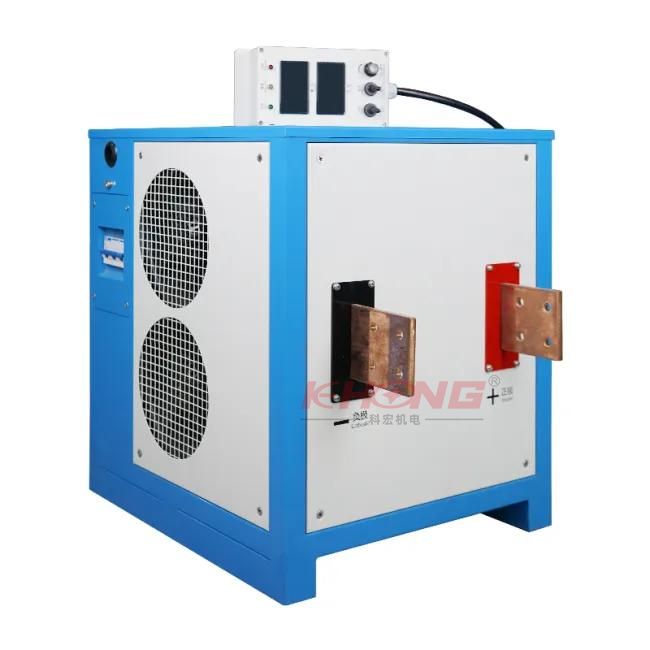Aug. 02, 2024
Electrical Equipment & Supplies
Electroplating is a vital process in many industries, from automotive to electronics, providing a protective and decorative layer to metal objects. One of the most critical components in the electroplating process is the power supply. In this article, we will delve into the intricacies of power supplies for electroplating, exploring their types, functions, and the key factors to consider when selecting one for your needs.
A power supply in electroplating is an electronic device that provides the necessary electrical current to drive the electrochemical reaction. This reaction deposits a thin layer of metal onto the surface of a substrate. The power supply ensures a consistent and controllable current flow, which is essential for achieving a uniform and high-quality plating finish.

There are several types of power supplies used in electroplating, each with its own advantages and applications. The most common types include:
Rectifiers: These convert alternating current (AC) to direct current (DC), which is the standard current used in electroplating.
Switch Mode Power Supplies (SMPS): Known for their efficiency and compact size, SMPS are increasingly popular in modern electroplating setups.
Pulse Power Supplies: These provide current in controlled pulses, improving plating quality and reducing defects.
The ability to precisely control voltage and current is crucial in electroplating. Different metals and plating processes require specific voltage and current settings to achieve optimal results. High-quality power supplies offer fine-tuned control over these parameters, ensuring consistent plating quality.
Ripple refers to the small fluctuations in voltage that can occur in power supplies. Excessive ripple can lead to uneven plating and defects. Modern power supplies are designed to minimize ripple and electrical noise, ensuring a smooth and stable current for the electroplating process.
Energy efficiency is an important consideration, especially for large-scale electroplating operations. Efficient power supplies not only reduce operational costs but also have a lower environmental impact. Switch Mode Power Supplies (SMPS) are particularly noted for their high efficiency.
The first step in selecting a power supply is to assess your specific plating requirements. Consider factors such as the type of metal being plated, the desired thickness of the coating, and the size and shape of the substrate. These factors will determine the necessary voltage, current, and power capacity of the supply.
Investing in a high-quality, reliable power supply is essential for maintaining consistent plating quality. Look for power supplies from reputable manufacturers with a proven track record in the industry. Reliable power supplies reduce downtime and maintenance costs, ensuring a smoother operation.
As your electroplating needs evolve, you may require additional capacity or different plating processes. Choosing a scalable and flexible power supply can accommodate these changes without needing a complete system overhaul. Modular power supplies, for instance, allow for easy expansion and customization.
Regular maintenance of your power supply is crucial for its longevity and performance. This includes routine inspections, cleaning, and calibration. Keeping detailed records of maintenance activities can help identify and address issues before they lead to significant problems.
Some common issues with electroplating power supplies include voltage fluctuations, overheating, and component failures. Understanding the symptoms of these issues and their potential causes can help in diagnosing and fixing them promptly. For instance, ensuring proper ventilation and avoiding overloading the power supply can prevent overheating.
Choosing the right power supply for electroplating is critical for achieving high-quality, consistent results. By understanding the different types of power supplies, their key features, and how to select and maintain them, you can optimize your electroplating process and enhance your overall productivity.
Previous: How Many Fibers are in an MPO Connector?
If you are interested in sending in a Guest Blogger Submission,welcome to write for us!
All Comments ( 0 )